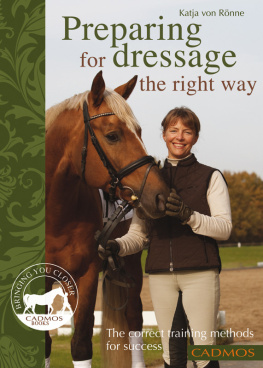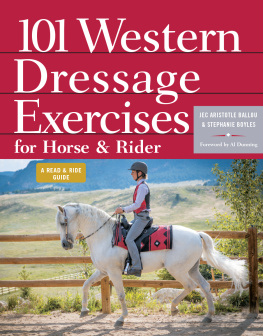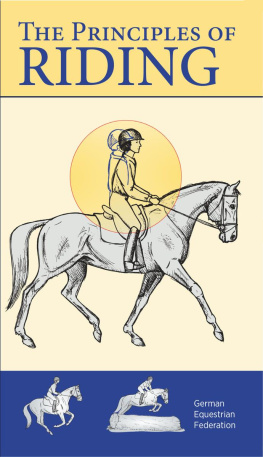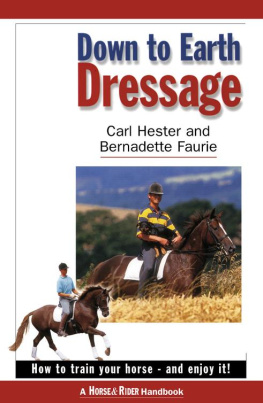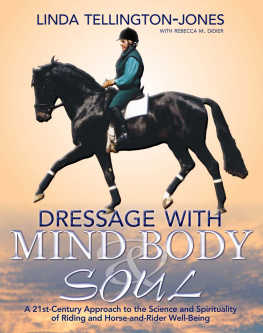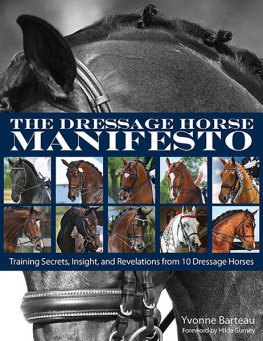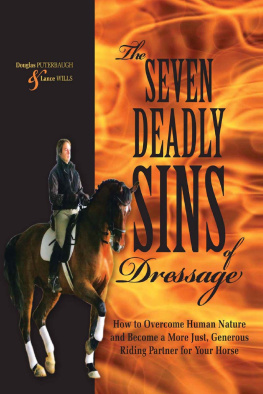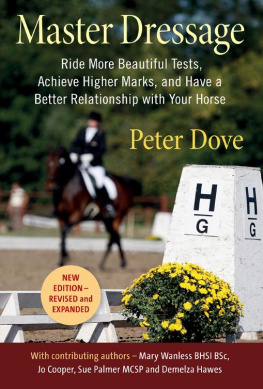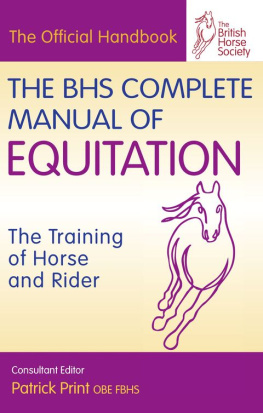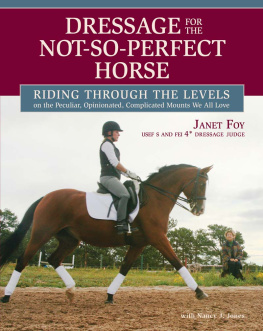Imprint
Copyright 2011 Cadmos Publishing Limited, Richmond, UK
Copyright of original edition 2010 Cadmos Verlag GmbH, Schwarzenbek, Germany
Design of the print edition: Ravenstein + Partner, Verden
Setting of the print edition: Das Agenturhaus, Munich
Cover photograph: JB Tierfoto, Marschacht
Content photos unless otherwise indicated: JB Tierfoto, Marschacht
Translation: Claire Williams
Editorial of the original edition: Carmen Echelmeyer
Editorial of this edition: Karin Saxe
E-Book conversion: Satzweiss.com Print Web Software GmbH
All rights reserved: No part of this book may be reprinted or reproduced or utilized in any form or by any electronic, mechanical, or other means, now known or hereafter invented, including photocopying and recording, or in any information storage or retrieval system, without permission in writing from the publisher.
British Library Cataloguing in Publication Data
A catalogue record of this book is available from the British Library.
ISBN 978-0-85788-005-5
eISBN 978-0-85788-644-6
www.cadmos.co.uk
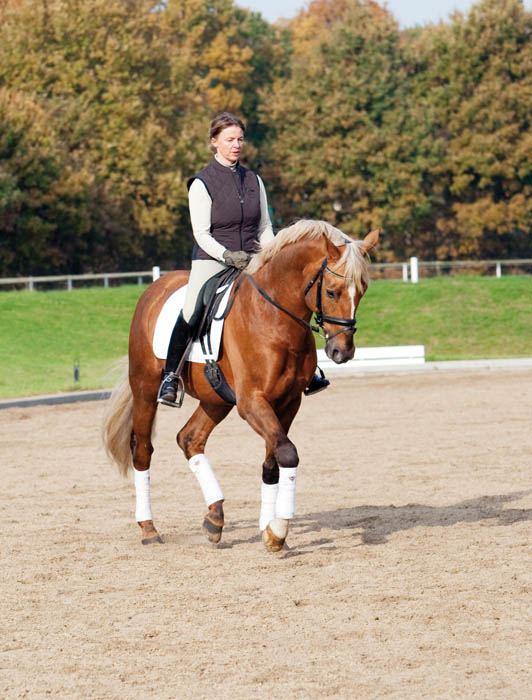
Introduction
The gap between theory and practice in riding can only be narrowed by building greater understanding and respect between horse and rider. In doing this, however, the ability to communicate on the same level and the language between the two is exceptionally important. The riders aids form an important part of this language and are developed and refined over many years. Besides performing the technical elements of the required movements, this also involves the development of a thinking rider, who works to train his horse with his body, mind and soul. It may take years of experience of mutual respect and trust until a rider learns to understand a horse within seconds and vice versa. My intention with this book is to put together a schooling programme based on dressage work that has been correctly and systematically trained. I use a wide range of exercises and movements with a multitude of variations possible which enable me to put together individual programmes. The exercises are arranged in a logical sequence so as to build on the work of the previous lessons. All riders will be able to put together an appropriate and creative training programme that suits both themselves and their horses.
But first you need understand what I mean when talking about correct dressage training. By this I mean training that is stress-free and that enables the horse to move under the rider with suppleness, enjoyment and ease, without tiring or unnecessary wear and tear on the horses joints or, indeed, its health. To do this we need to supple the horse using classical methods beginning with basic exercises and building up to the crowning glory of collection. By the end of a horses training it should respond to the smallest of signals from the rider to complete the required movements. The deeper you immerse yourself in the subject of riding, the clearer the complexity of these connections become. The aim of training horse and rider is to awake an awareness of what it feels like when the movements are executed correctly, to learn how to do this and then apply this knowledge with less and less effort, in other words, with increasingly finer aids. The schooling exercises used for dressage training will become old friends. They offer a sense of security and routine.
Every rider, riding instructor and trainer can use this knowledge for themselves and integrate it into their own daily routine. Whether training my own horses or teaching others, I am always being confronted with the same recurring problems. To overcome them I have developed a system using very similar or even the same series of exercises, that concentrate on elements of basic schooling: regularity, a feeling of rhythm, suppleness (the German term is Losgelassenheit, for which there is no equivalent expression in English. The meaning is a combination of suppleness, loose-ness and relaxedness), a swinging back, contact, appropriate degree of tension through the horses body (the German term Krperspannung means literally body tension and is used in a positive sense and is a requirement for the successful completion of many exercises), as well as the appropriate preparation and development for the collected work. The successes of my pupils show me how effectively this system works.
Furthermore, it has also shown that homework, comprising of a series of exercises based on the preceding lesson, gives excellent results. If the homework is understood, repeated daily and practised, then the horse and rider will make steady progress and what has been taught will really become well established.
This book as a whole forms an established training programme that has been proven to work. It is divided into three parts, each methodically building on what has gone before. The movements and exercises detailed focus on the basic principles of the Scales of Training (from the German Equestrian Federation). These are set out from easy to hard, from the known to the unknown. In addition, all of the exercises are connected to each other like a spiders web, and complement each other. While the first part concentrates on the basics, consisting of gaining a sense of balance, controlling rhythm and improving suppleness, the second part deals with containing the horse and starting to work towards collection. Providing that the preparatory work has been done, the movements that are introduced in the final and third part should fall into your lap like ripe fruit and are only broadly sketched out. To detail them in the same way as the other exercises it would be necessary to considerably expand the size of this book! The way the training programme is laid out makes it the easiest and at the same time healthiest and shortest way to train for dressage success.
As new exercises and movements are added to the basic exercises and schooling patterns used on a daily basis, the older ones serve as a foundation and should be regularly repeated. This helps to identify at an early stage any warning signs given out by your horse and gives you every opportunity to correct problems. Certain habits can creep in that you may not immediately notice, such as swishing of the tail, stubbornness, an unmotivated expression, nervousness, extreme tension or grinding of teeth. When training our horses it is our responsibility to identify these signs early and find a solution so that what starts as a little quirk doesnt become a annoying habit. To make the decision as to whether a horse cant or wont do what is being asked of it requires constant effort, a lot of time and experience. Throughout all of this riders will develop their own style of riding and will find themselves on a path starting from just learning to ride an exercise through to performing a movement with horse and rider working as a team, which, as a result of the ease and enjoyment with which it is done, can truly be described as a partnership.
As reader of this book, this means that if you are having problems at a certain stage of your training, and you arent sure what has gone wrong, then flick back a few pages and check what the criteria are for that stage of training. Every chapter builds on the one before, which results in a logical structure for the entire training programme and for the individual sessions. It is important that you work in a methodical way as it forms a solid foundation for a long and healthy life for both horse and rider.

